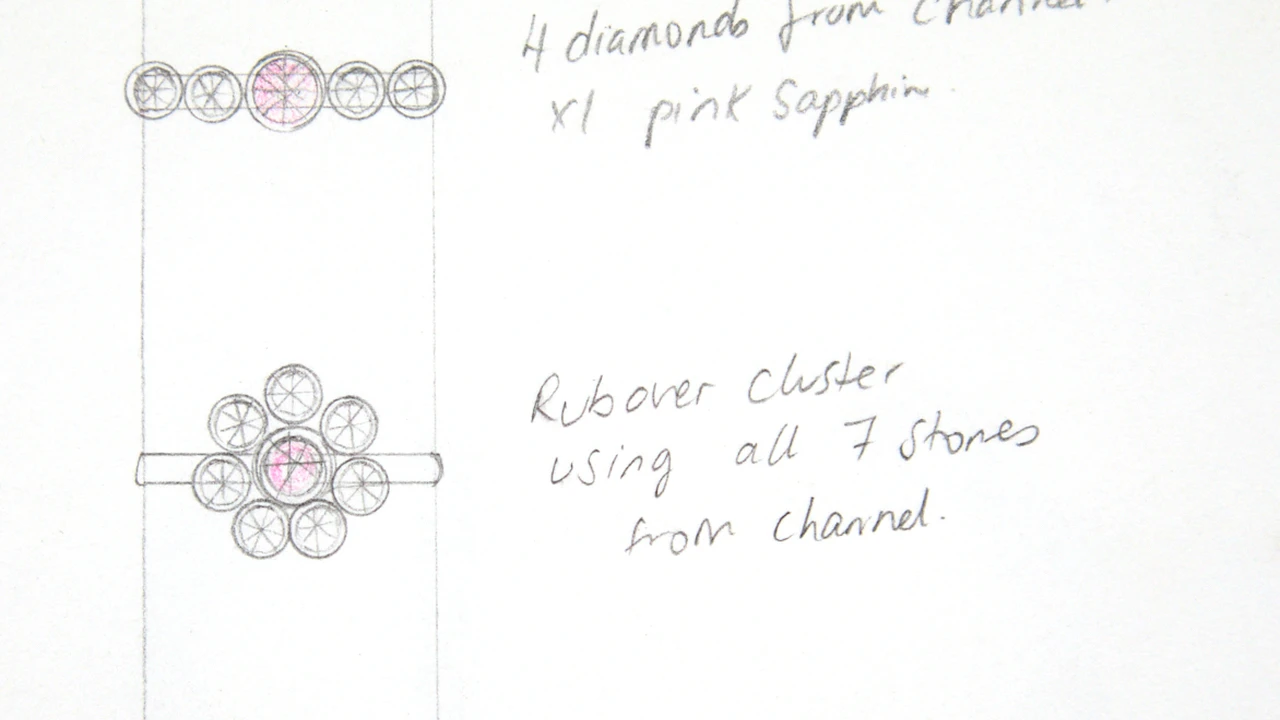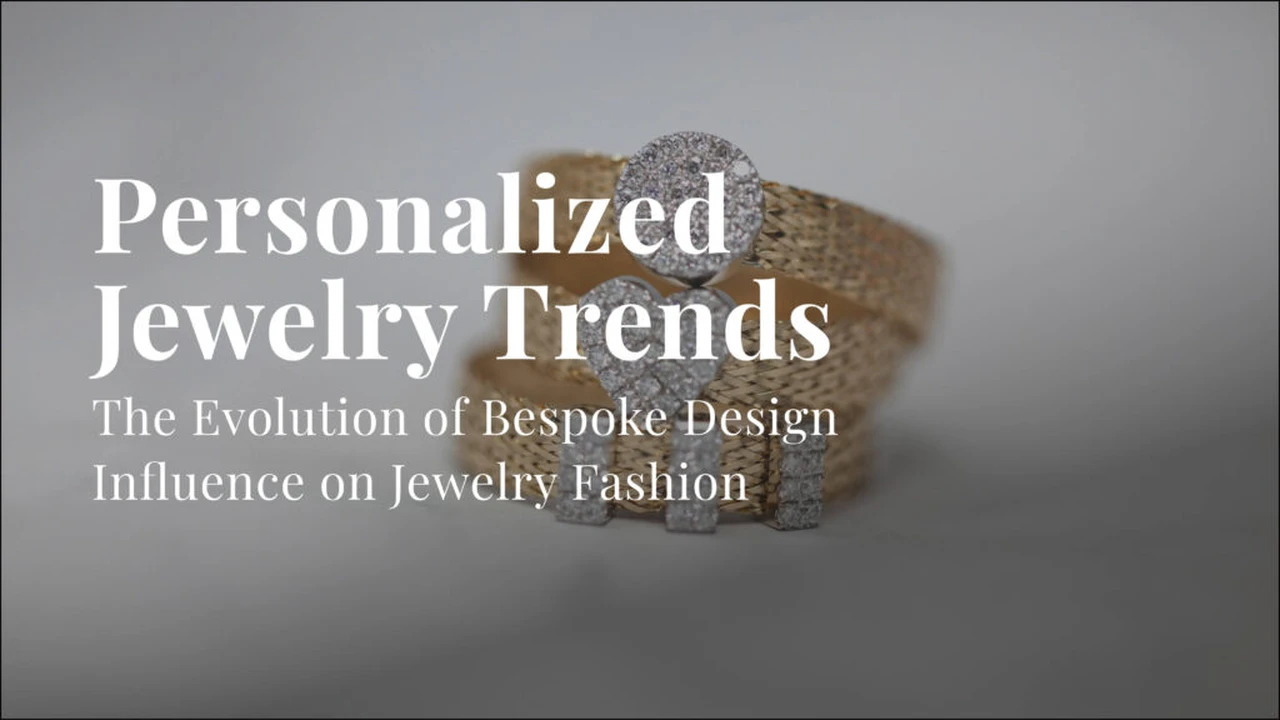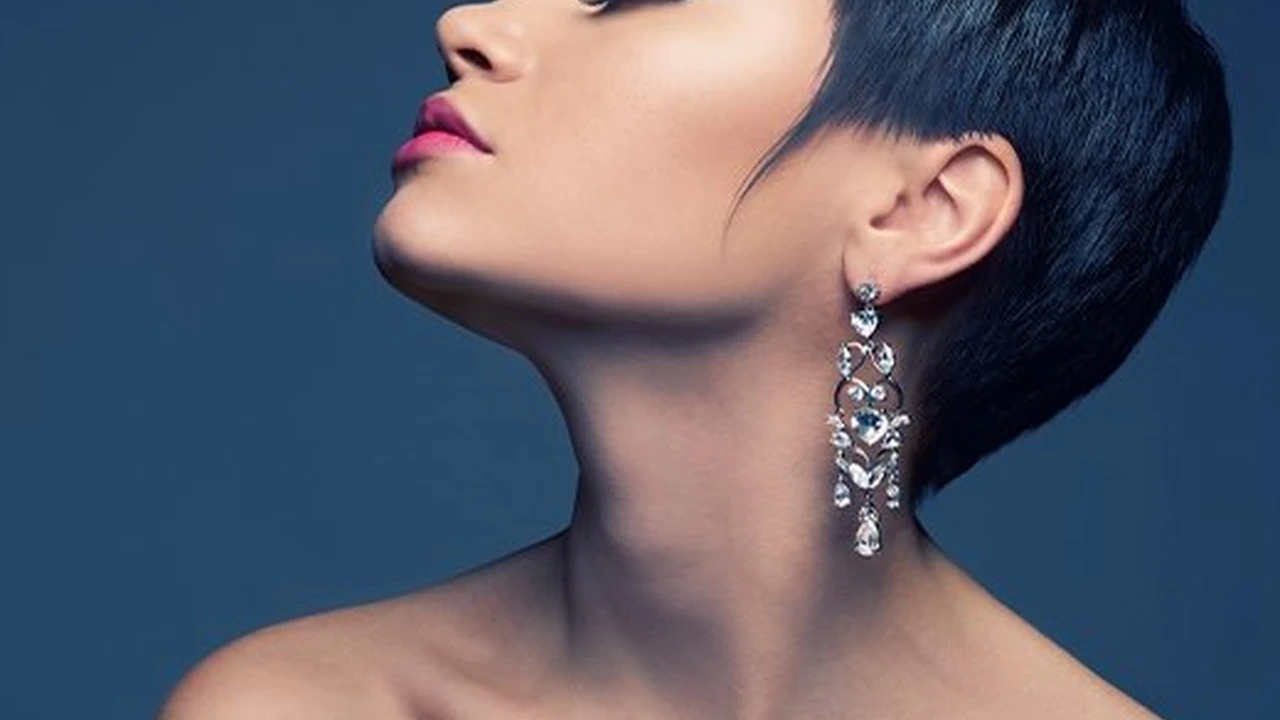Bespoke Jewelry Design Cost Factors and Budgeting Tips
Discover the cost factors involved in bespoke jewelry design and learn tips for budgeting your custom piece. Get the best value for your investment.

Understanding the Core Cost Components of Bespoke Jewelry
So, you're dreaming of a one-of-a-kind piece of jewelry, something that screams "you" louder than your favorite coffee order. Bespoke jewelry is the way to go! But before you dive headfirst into gemstone shopping, let's talk about the elephant in the room: cost. Understanding the factors that influence the price of bespoke jewelry is crucial for creating a stunning piece without breaking the bank.
The cost of your bespoke creation hinges on several key components:
- Materials: This is a biggie. The type and quantity of metal (gold, platinum, silver), the gemstones (diamonds, sapphires, emeralds), and any other embellishments will significantly impact the final price.
- Design Complexity: A simple solitaire ring will cost less than an intricate pendant with multiple stones and detailed metalwork. The more complex the design, the more time and skill required from the artisan.
- Artisan's Expertise and Labor: You're not just paying for materials; you're paying for the artisan's skill, experience, and time. Highly experienced artisans often command higher rates.
- Gemstone Sourcing: Ethical sourcing and the rarity of the gemstones can also affect the price. Conflict-free diamonds and sustainably sourced gemstones often come with a premium.
- Production Techniques: Hand-fabrication generally costs more than using CAD/CAM (Computer-Aided Design/Computer-Aided Manufacturing) techniques, although the latter might still involve hand-finishing.
Metal Matters Exploring Metal Costs in Bespoke Jewelry
Let's break down the metal aspect a little further. Gold, platinum, and silver are the most common choices, each with its own pros, cons, and price point.
- Gold: Gold is a classic choice, available in different karats (purity levels) and colors (yellow, white, rose). Higher karat gold is purer but softer, making it more prone to scratches. 14k or 18k gold is a good balance of purity and durability. Yellow gold is timeless, white gold offers a modern look, and rose gold adds a touch of romance. The price of gold fluctuates with the market, so keep an eye on the current rates.
- Platinum: Platinum is a naturally white, durable, and hypoallergenic metal. It's denser than gold, meaning it feels heavier and more substantial. Platinum is also rarer than gold, making it a more expensive option. Its durability makes it an excellent choice for settings that hold precious gemstones.
- Silver: Silver is the most affordable of the three, but it's also the softest and most prone to tarnishing. Sterling silver (92.5% silver, 7.5% other metals) is the standard for jewelry. While it requires more maintenance than gold or platinum, silver can be a beautiful and budget-friendly option, especially for larger pieces.
Gemstone Gems Understanding Gemstone Pricing in Custom Jewelry
Gemstones are where things can get *really* interesting (and potentially expensive!). The "4 Cs" (Cut, Clarity, Carat, and Color) are the primary factors determining a gemstone's value. But beyond the 4 Cs, rarity, origin, and demand also play a role.
Here's a quick rundown of some popular gemstones and their general price ranges:
- Diamonds: Diamonds are graded on a scale of clarity, color, cut and carat. The higher the grade, the more expensive. Fancy colored diamonds (pink, blue, yellow) are even rarer and can fetch astronomical prices.
- Sapphires: Sapphires come in a rainbow of colors, with blue being the most popular. The most prized sapphires are those with vivid, saturated colors and excellent clarity. Kashmir sapphires are particularly rare and valuable.
- Emeralds: Emeralds are known for their rich green color. Inclusions (internal flaws) are common in emeralds, but they don't necessarily detract from their value. The most valuable emeralds have a deep green color and good clarity.
- Rubies: Rubies are prized for their intense red color. Burmese rubies are considered the finest, but they are also increasingly difficult to find.
Budgeting Like a Boss Practical Tips for Managing Your Bespoke Jewelry Costs
Okay, now that we've covered the cost components, let's talk about how to manage your budget like a pro.
- Set a Realistic Budget: Before you even start dreaming up designs, determine how much you're willing to spend. Be honest with yourself and factor in potential unexpected costs.
- Prioritize Your Must-Haves: What's most important to you? Is it the size of the diamond, the quality of the metal, or the complexity of the design? Prioritize your must-haves and be willing to compromise on other aspects.
- Consider Alternative Gemstones: If a large, flawless diamond is out of your budget, consider alternative gemstones like moissanite or lab-grown diamonds. These options offer similar brilliance at a fraction of the cost.
- Choose a Simpler Design: A simpler design doesn't necessarily mean less beautiful. A well-executed, minimalist design can be just as stunning as an elaborate one. Plus, it will save you money on labor costs.
- Shop Around and Compare Prices: Get quotes from multiple artisans and compare their prices. Don't be afraid to negotiate.
- Consider Recycled Metals: Using recycled gold or platinum is not only environmentally friendly but can also save you money.
- Don't Rush the Process: Take your time to research, compare prices, and make informed decisions. Rushing into a purchase can lead to costly mistakes.
Product Spotlights and Price Points Real-World Examples of Bespoke Jewelry
Let's look at a few examples to illustrate how these factors come together in real-world scenarios:
Example 1: The Classic Solitaire Engagement Ring
Description: A simple and elegant solitaire engagement ring featuring a round brilliant cut diamond set in a platinum band.
Materials: Platinum, 1 carat round brilliant cut diamond (VS2 clarity, G color)
Artisan's Labor: Minimal design, relatively straightforward setting.
Estimated Price: $8,000 - $12,000 (depending on the diamond's specific grading and the artisan's rates)
Use Case: Perfect for proposals and everyday wear. The simple design makes it timeless and versatile.
Example 2: The Art Deco Inspired Pendant
Description: A pendant featuring geometric patterns, baguette-cut diamonds, and a central emerald, set in 18k white gold.
Materials: 18k white gold, emerald (1 carat), baguette-cut diamonds (0.5 carat total weight)
Artisan's Labor: Intricate metalwork, precise stone setting.
Estimated Price: $6,000 - $10,000 (depending on the emerald's quality and the complexity of the design)
Use Case: A statement piece for special occasions. The Art Deco design adds a touch of vintage glamour.
Example 3: The Personalized Cufflinks for Men
Description: Custom cufflinks featuring initials engraved on sterling silver with a brushed finish.
Materials: Sterling silver
Artisan's Labor: Engraving, metal finishing.
Estimated Price: $300 - $500 (depending on the complexity of the engraving and the artisan's rates)
Use Case: A personalized gift for groomsmen, anniversaries, or birthdays. Adds a touch of sophistication to formal attire.
Comparing Apples and Oranges Making Smart Choices
When comparing different bespoke jewelry options, consider the following:
- Metal Purity: Higher karat gold is more expensive but softer. Platinum is more durable but also pricier.
- Gemstone Quality: Pay attention to the 4 Cs (Cut, Clarity, Carat, and Color). A smaller, higher-quality diamond can be more valuable than a larger, lower-quality one.
- Artisan's Reputation: Read reviews and check the artisan's portfolio. Choose someone with experience and a proven track record.
- Warranty and Return Policy: Make sure the artisan offers a warranty on their work and a reasonable return policy.
Finding the Right Artisan Your Partner in Creation
Choosing the right artisan is just as important as choosing the right materials. Look for someone who:
- Understands Your Vision: They should be able to translate your ideas into a tangible design.
- Communicates Clearly: They should be responsive and keep you informed throughout the process.
- Has a Strong Portfolio: Their past work should demonstrate their skill and expertise.
- Is Transparent About Pricing: They should provide a detailed breakdown of costs.
By understanding the cost factors involved in bespoke jewelry design and following these budgeting tips, you can create a stunning, one-of-a-kind piece that you'll cherish for years to come. Happy designing!
:max_bytes(150000):strip_icc()/277019-baked-pork-chops-with-cream-of-mushroom-soup-DDMFS-beauty-4x3-BG-7505-5762b731cf30447d9cbbbbbf387beafa.jpg)





